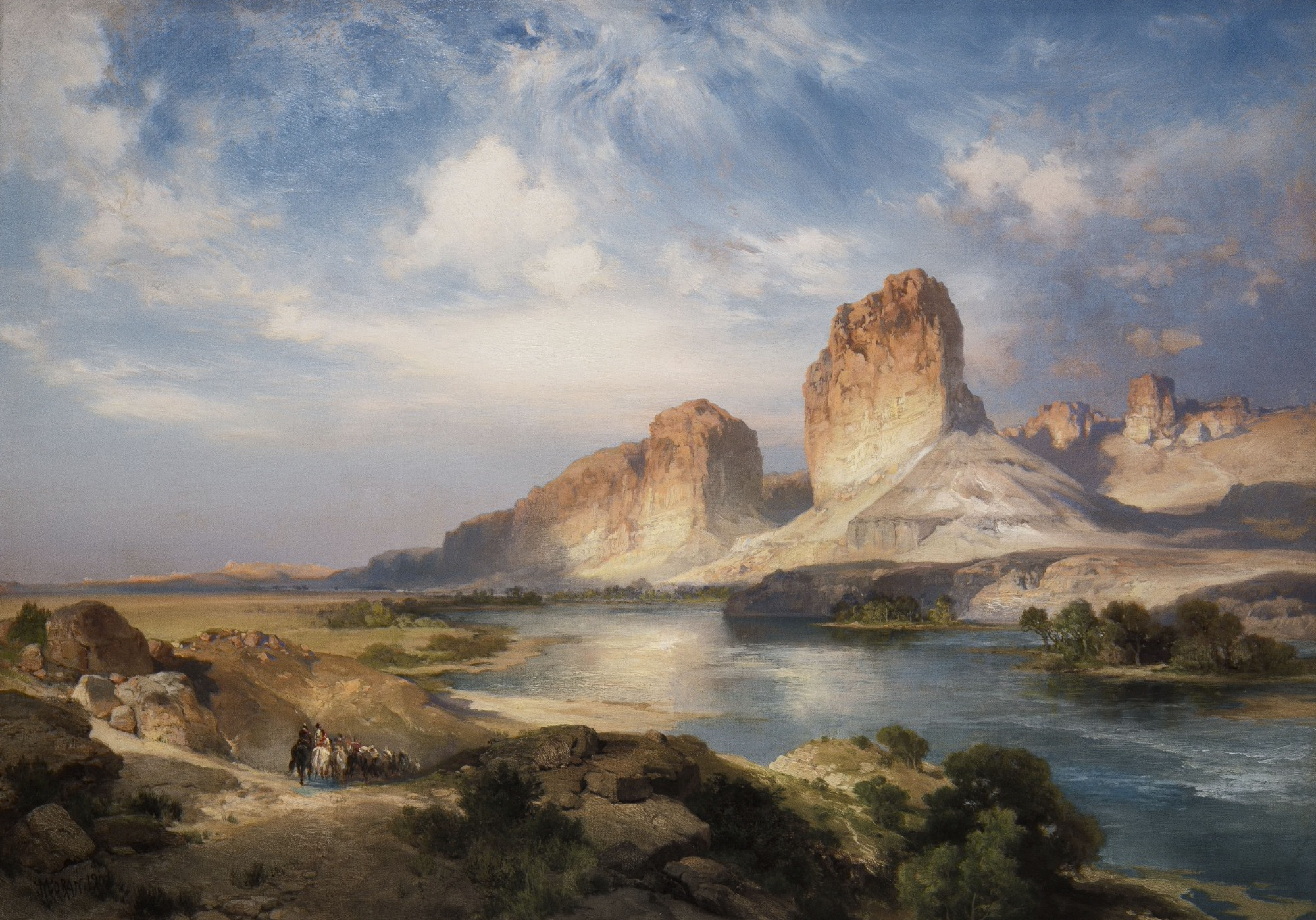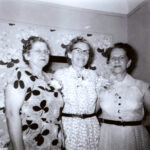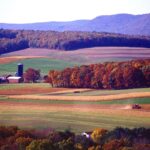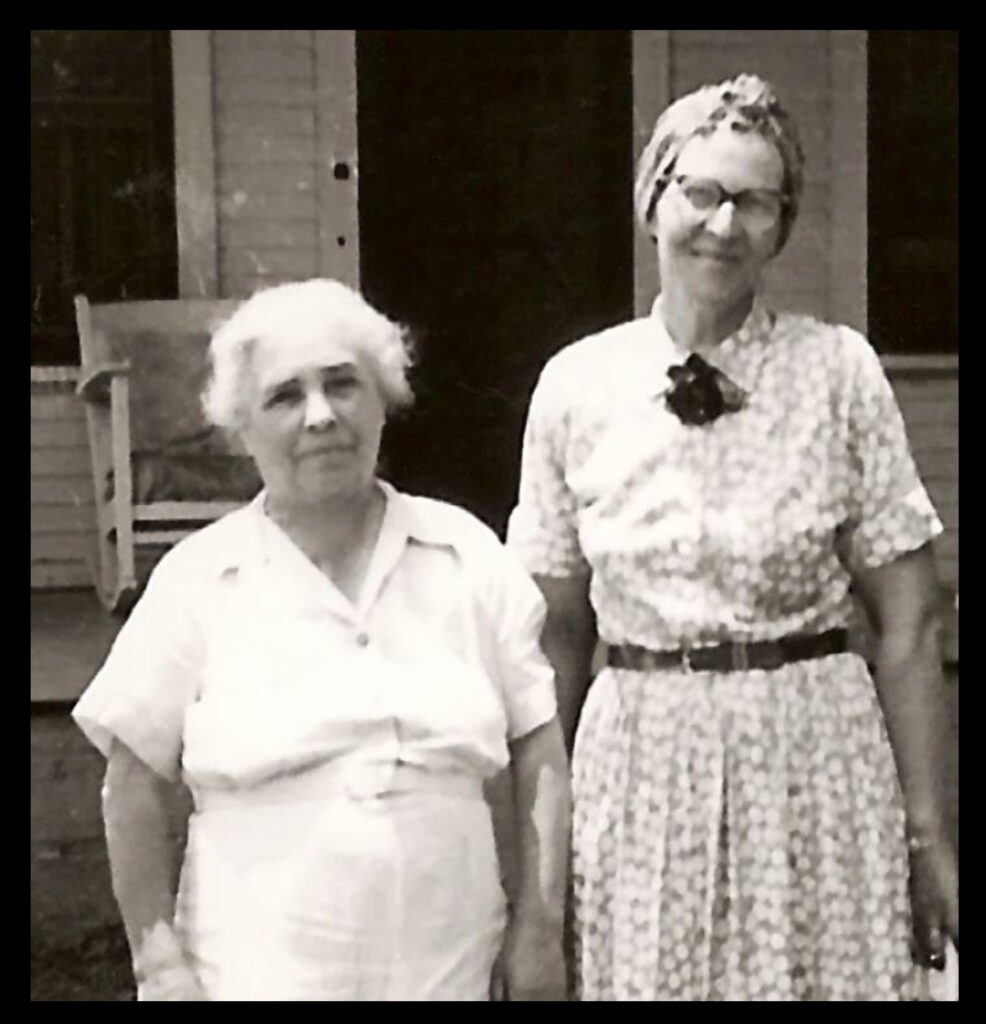James Gardner Bailey was born on a spring day in 1827 in the heart of Pennsylvania’s Centre County. He was the eldest son of William and Nancy (Gardner) Bailey, and the great-grandson of Richard Bailey, a Presbyterian immigrant from Ulster, Ireland, whose legacy would lend its name to the small community of Baileyville. The family’s roots ran deep in the Presbyterian tradition, and James was raised among the rolling farmland of central Pennsylvania in a household where faith, duty, and kinship shaped daily life. Surrounded by a lively household of brothers and sisters, he grew up with the steady rhythms of farm work and the quiet strength of Presbyterian conviction. A strength that would later shape his interactions with others, and the circumstances he would face on the American frontier.
By 1850, James had established himself as a merchant in Ferguson Township, just a short distance from his boyhood home. Around that time, he married Sarah Margaret Wallace, a young woman from Clearfield County with deep family roots in the region. Their first daughter, Anna, was born in 1851, and over the next decade, the couple welcomed four more children: Samuel Wallace, Charles Francis, Nancy, and James Robert Bruce, the last being born just months before tragedy would strike the family.
The Baileys, like so many American families in the mid-19th century, heard the call of the West. The promise of open land, new beginnings, and freedom drew them to Kansas, where by 1857 they had settled in the volatile town of Lecompton. At that time, Lecompton was the capital of the pro-slavery Kansas Territorial government an epicenter of fierce national debate. James remained focused on his family amid the unrest, providing for his wife and children as history unfolded around them.
By 1860, they had moved north to Oskaloosa, a growing town in Jefferson County. But James’s roots in Lecompton remained strong — and in February 1861, he was one of the key figures leading a grassroots community effort during a time of agricultural crisis.
Leadership in a Time of Need
In the winter of 1861, – which followed a year of devastating crop failure – the people of Lecompton and neighboring Kentucky Township found themselves without enough seed to plant spring crops. On February 16, James took part in a large public meeting at Rowena Hall to confront the crisis. He was appointed to the Standing Committee, alongside four other prominent men, to devise a plan that would bring relief for struggling farmers.
The committee’s goal was twofold: secure seed grain for struggling farmers and build a system that would support future education. The solution they crafted was both practical and visionary. They proposed to distribute wheat, corn, oats, and potatoes to every school district in the area, asking each farmer to return the seed after harvest. Those returns would then form the foundation of a school fund — a powerful idea that blended immediate aid with long-term investment in the community’s children.
James’s name appeared proudly on the published resolution:
“JAMES G. BAILEY, Standing Committee Member, Lecompton-Kentucky Township”
— Kansas National Democrat, February 21, 1861
This role shows James not just as a settler or merchant, but as a committed citizen — one willing to lead, serve and innovate in a time of hardship. His actions made a tangible difference. His legacy in Kansas might well have ended there — but he still had one more journey to make.
A Final Journey West
In the spring of 1862, lured by rumors of gold in the Salmon River region of what is now Idaho, James joined a wagon train heading northwest. With a new baby at home and five children depending on him, greed was hardly his motivation to risk everything, rather it was hope that he might have a chance to provide a better future for his family.
The journey was perilous. The party would have passed through the high plains and mountain deserts of what was then Dakota Territory, at that time a vast, ungoverned wilderness. The region was inhabited by Native nations including the Shoshone, Bannock, and others, all of whom were facing increasing pressure from settlers and wagon trains cutting across their lands.
In August 1862, while camped near the Green River, about 80 miles north of Salt Lake City, James and another man went fishing a short distance from camp. During their absence, a group of Native warriors attempted to stampede the camp’s livestock. As they retreated, they encountered James. He was killed instantly by two arrows — one to the head, one to the heart.
He was 35 years old.
Trouble Along the Green River
James Gardner Bailey’s final journey westward in the summer of 1862 took him into dangerous and unpredictable territory. The open country north of Salt Lake City, along the winding course of the Green River, had long been a vital artery for overland travelers heading to Oregon, California, and the northern gold fields — but by 1862, it had become a flashpoint of growing tension and violence.
That August, during the same week James was killed, a company of Mormon volunteers under Captain Lot Smith was sent from Camp Floyd to scout for Native raiders and protect emigrants along the trail. According to detailed accounts published in the Deseret News on August 13, 1862, the expedition followed a trail of destruction and skirmishes along the very path James’s wagon train was traveling. The soldiers found evidence of attacks on settlers, buried the bodies of three murdered men near the Green River, and pursued raiders north toward the Three Forks and the Lander Road. Along the way, there were signs of destruction. Ambushes, livestock theft, and burned-out wagons — all pointing to a period of extreme danger for anyone moving through the region.
Though James is not mentioned by name in the reports, the details align uncannily with the circumstances of his death: he and a companion had walked a few miles from their camp near the Green River to go fishing, only to be ambushed and killed. Arrows to the head and heart ended James’s life instantly. The attack occurred just days — or possibly hours — before or after Captain Smith’s patrol passed through the area.
Whether James was one of the victims found by the scouting party or another casualty of the same wave of violence, his story is undeniably entwined with this chapter of frontier conflict. His death was not a random act. It was part of a broader collision between settlers pushing westward and Native communities resisting the loss of their lands and lifeways.
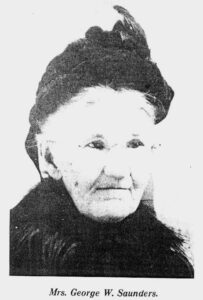
For Sarah Bailey and her children back in Kansas, the telegrams and letters that followed must have been devastating. They were likely told little more than what was printed in the Kansas papers — that James had been killed by “savages” on the trail. But history tells us more: he died in a place where cultures clashed, where law did not reach, and where survival was never guaranteed. His loss was one among many in a summer marked by bloodshed, uncertainty, and the harsh realities of a nation expanding into contested ground.
Note:
(James Gardner Bailey is my 3rd great uncle)
Picture: Green River, Wyoming by Thomas Moran, 1907, oil on canvas, 20 x 28 1/2 in. (50.8 x 72.4 cm), Tacoma Art Museum

